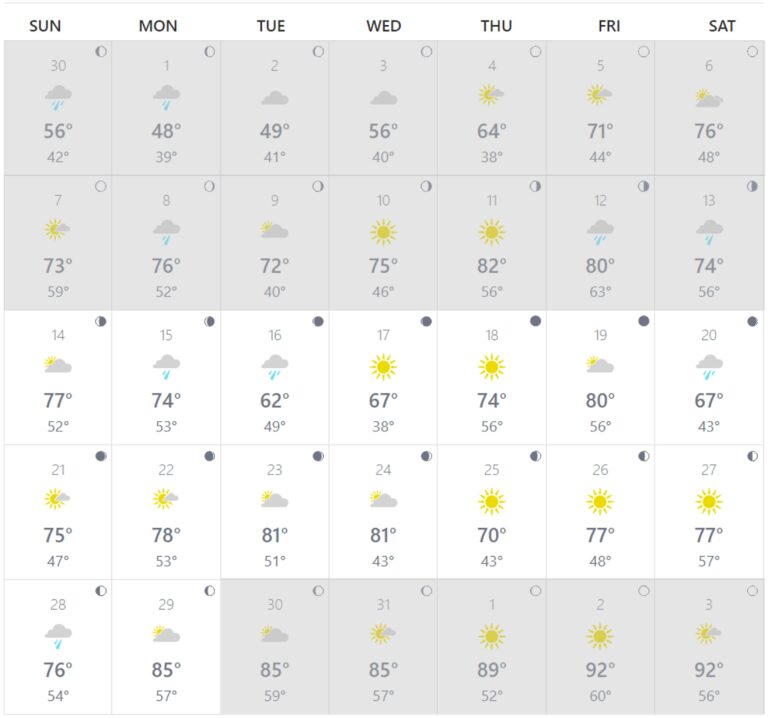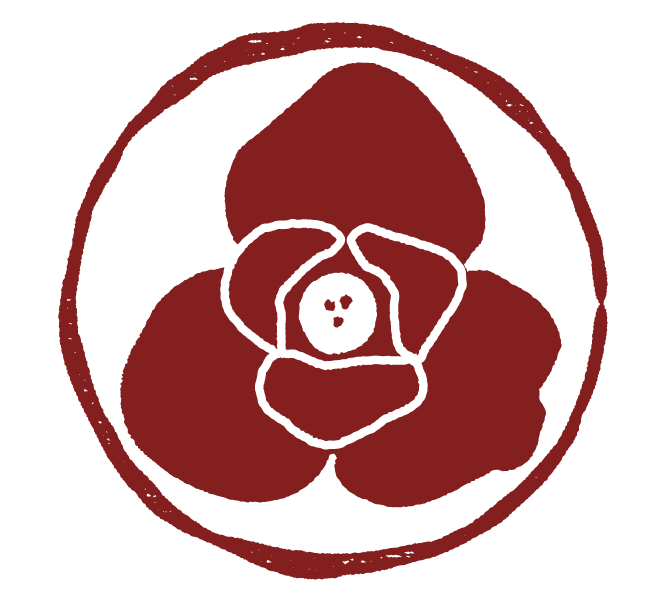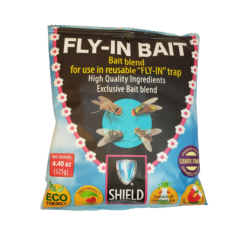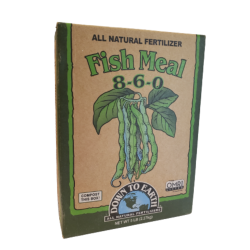Testing Various Attractants to Improve Pawpaw Pollination
Image: Return of the Fly (1959). Licensed under IMAGO / Allstar.
This post contains affiliate links. As a member of Amazon Associates, I may earn a commission on qualifying purchases at no cost to you.
Here’s a “thriller-chiller…that will really…bug you!” (Hat tip to Vincent Price)
Why is pawpaw pollination such a hot topic? We only get one shot a year to maximize fruit set so gaining any kind of edge is important to overall production. The blossoms of North America’s largest native fruit are cross-pollinated by flies, beetles, and other insects – but not bees. This “man-in-the-field” experiment focused on understanding which materials could draw the most bugs to pawpaw trees. The goal was to collect measurable data points to help growers make informed return on investment decisions about various options. This blog post shares the findings of a 16-day experiment conducted in May 2023 in which insect “body counts” were recorded from traps containing seven different substances with insect attractant potential. In the results, there were some clear winners – and unexpected losers. When looking ahead to spring, pawpaw growers can tap into this information to potentially fertilize more flowers and improve fruit production.
Introduction
Demand for pawpaws continues to exceed supply with the rise in popularity of foraging, sustainable agriculture, and farm-to-table dining. One tactic for growers to increase yield is to improve blossom fertilization. Hand pollinating is an option but labor intensive and not practical in a medium to large orchard setting. What else can be done?
Pawpaw flowers are “perfect” in that they have both female and male reproductive structures but are (mostly) not self-fertile. Flies, beetles, and other bugs – bees need not apply – are drawn to the faint yeasty scent of the maroon, downward-facing blossoms. During the short pollination window, the challenge is to draw more insects to trees to improve the odds of cross-pollination.
Funding for pawpaw research is thin so enhancing spring pollination is an unexplored subject with big yield potential. Growers have largely relied on folk wisdom and insider knowledge for advice – hence, the old-time tip of hanging roadkill on pawpaw trees. Is this valid, and are there other choices?
This investigation tested seven different attracters to quantify and rank which samples lured the most insects. The sections below include details on methodology (traps, materials, and location), results, and a discussion on findings.
Methodology
Insects were collected in individual traps that contained one of seven different materials in this outdoor experiment.
Two types of traps were used to collect insects: 1-gallon clear plastic jugs with Bottle Top Traps and Ranch Fly Traps with Bait Trays.
The traps were positioned in a linear arrangement in random order with 11 feet of separation at two different locations. The 1-gallon clear plastic jugs were fastened to protective tree cages in a pawpaw orchard. Meanwhile, the Ranch Fly Traps with Bait Trays were suspended at five feet by baler twine to rafters in a barn overhang.
Control Sample
A commercial fly bait was used to establish a baseline. The package contained 4.4 ounces of material, which was mixed with water.
Test Samples
The test samples consisted of one cup of material mixed with one cup of water to create a slurry or paste.
Conditions and Environment
The farm is located in Fayette County, Ohio and Zone 6b (-5 to 0°F/-20.6 to -17.8°C) according to the new 2023 USDA Plant Hardiness Zone Map.
Pawpaw blossoms started to emerge in the second half of April 2023, and the weather was generally wet and windy. When most of the flowers were receptive, the experiment kicked off on Sunday, May 14, 2023 (Mother’s Day) and continued until Monday, May 29, 2023 (Memorial Day).
See the Appendix for daily weather conditions and temperatures during the trial period.
Results
Overall, the 1-gallon clear plastic jugs with Bottle Top Traps were significantly more effective in capturing insects. At test conclusion, the traps were removed and gathered to document raw insect count. The recording process required an iron stomach for certain materials, as noted under “Retch Factor” in the summary tables. Growers will need to make their own judgments on effectiveness versus offensiveness.
Commercial Fly Bait
Control Sample
Source: Tractor Supply Company
- Ranch Fly Trap: 29
- 1-Gallon Jug: 202
- Total Bug Count: 231
Retch Factor: Medium
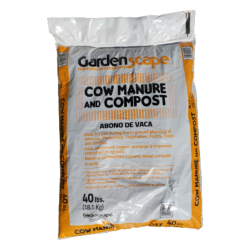
Cow Manure & Compost
Test Sample
Source: Lowe’s
- Ranch Fly Trap: 1
- 1-Gallon Jug: 0
- Total Bug Count: 1
Retch Factor: Low
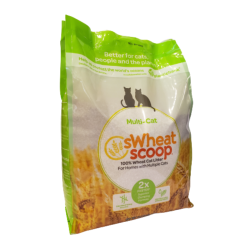
Wheat Cat Litter
Test Sample
Source: PetSmart
- Ranch Fly Trap: 0
- 1-Gallon Jug: 2
- Total Bug Count: 2
Retch Factor: Medium-Low
Fish Meal
Test Sample
Source: Amazon
- Ranch Fly Trap: 0
- 1-Gallon Jug: 17
- Total Bug Count: 17
Retch Factor: Low
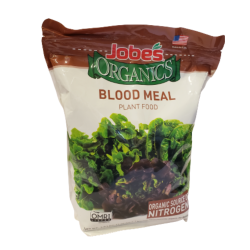
Blood Meal
Test Sample
Source: Walmart
- Ranch Fly Trap: 1
- 1-Gallon Jug: 53
- Total Bug Count: 54
Retch Factor: Medium-High
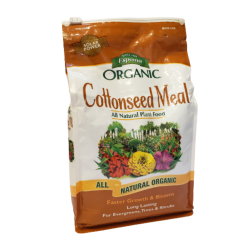
Cottonseed Meal
Test Sample
Source: Strader’s Garden Center
- Ranch Fly Trap: 1
- 1-Gallon Jug: 92
- Total Bug Count: 93
Retch Factor: Low
And the Winner Is...
This outcome gives new meaning to the phrase “Winner, Winner, Chicken Dinner!” Ground chicken bested all the other test materials, which gives credibility to the lore of using roadkill to attract pollinators to pawpaw trees. Although successful, the Retch Factor was very high. So – quite literally – do you have the guts for this approach?
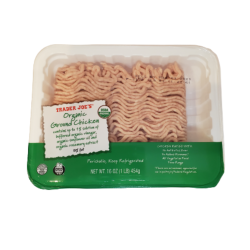
Ground Chicken
Test Sample
Source: Trader Joe’s
- Ranch Fly Trap: 3
- 1-Gallon Jug: 303
- Total Bug Count: 306
Retch Factor: Very High
Total Bug Count by Material
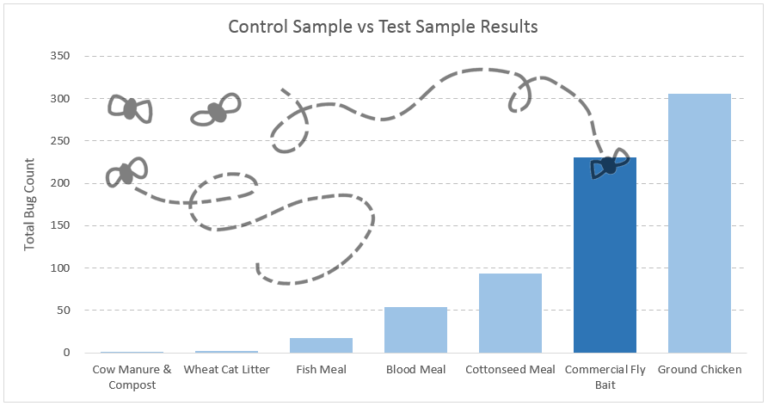
Materials and Price per Ounce (In Ascending Order)

Discussion
As a “citizen investigator” and farmer, there is still a lot to explore with this subject. However, the experiment is a small step in helping to measure the ROI value of certain attractants and inform time management and purchasing decisions.
The results found that raw meat significantly outperformed all materials in attracting insects, including the commercial fly bait (control). The downside is odor, unpleasant aftereffects, and the potential for drawing in varmints.
Unfortunately, some of the most economical options (e.g., cow manure and compost, wheat cat litter) were the least effective. To our surprise, the fish meal was pricey and did not have a meaningful impact.
What is the takeaway for top choice? We would recommend cottonseed meal where the data confirms long-held word-of-mouth benefits. It is not cost prohibitive, inoffensive, and doubles as a soil amendment.
Quick Facts on Cottonseed Meal (DIYS.com, Gardening Know How):
- Rich source of nitrogen with typical NPK analysis of 6-2-1
- Protein content of 40-45% makes it slow release (1-4 months) and won’t burn plants
- If used in excess, can render soil more acidic so follow application guidelines *
- Buy certified organic given the use of pesticide treatments in the cotton industry
* Note: The optimal pH for pawpaws is 5.5-7 (Kentucky State University)
Learn More
Explore our spring checklist for pawpaw growers to find key tasks for the season.
Works Cited
Attia, AJ. “Cottonseed Meal Fertilizer: How To Use Cottonseed Meal In Your Garden.” DIYS.com, TechFlow SRL, January 11, 2021, https://www.diys.com/cottonseed-meal/.
Ellis, Bret Easton. The Rules of Attraction. Vintage. 1988. Print.
Grant, Amy. “Cottonseed Meal Gardening: Is Cottonseed Healthy For Plants.” Gardening Know How, Future plc, May 17, 2021, https://www.gardeningknowhow.com/garden-how-to/soil-fertilizers/cottonseed-meal-fertilizer.htm.
Jones, S.C., Peterson, R.N., Turner, T., Pomper, K.W., Layne, D.R., 1990: Pawpaw Planting Guide. Kentucky State University extension bulletin. https://www.kysu.edu/academics/college-acs/school-of-ace/pawpaw/pawpaw-planting-guide.php.
“Monthly Weather.” The Weather Channel, The Weather Company, LLC, May 2023, weather.com/weather/monthly.
Return of the Fly. Directed by Edward Bernds, Associated Producers Inc, 1959.
Appendix
Weather Chart for Fayette County, Ohio
May 2023
(Test Period of Sunday, May 14, 2023 to Monday, May 29, 2023)
